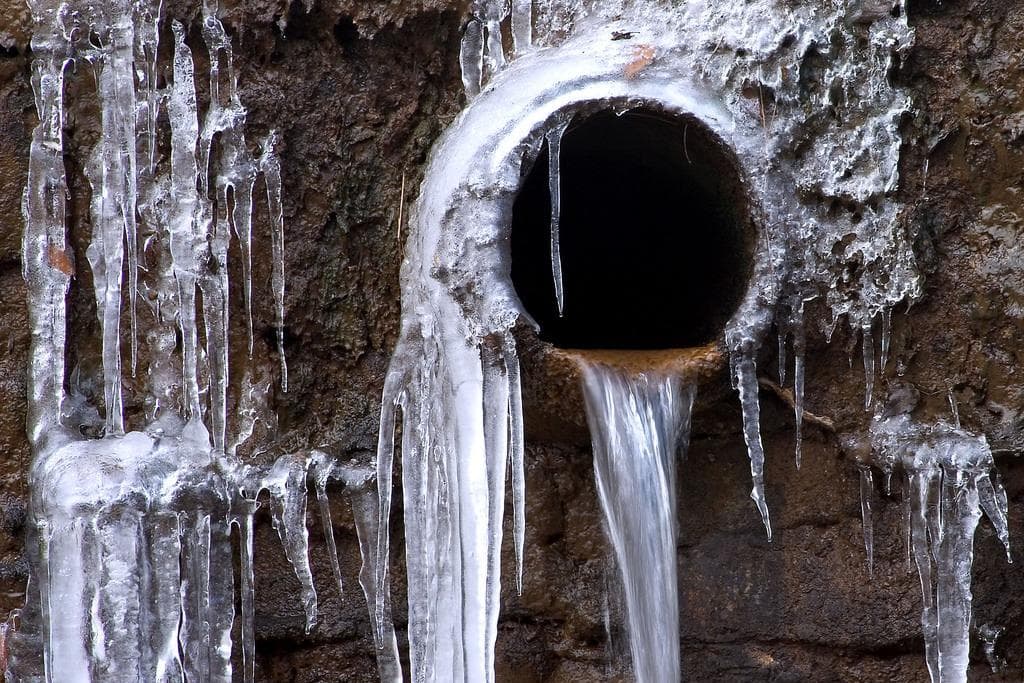Protect Against Frozen Pipes in Cold Weather: Pro Tips
Protect Against Frozen Pipes in Cold Weather: Pro Tips
Blog Article
Listed here underneath you can locate a lot of brilliant help and advice around How to Prevent Your Pipes From Freezing.

Winter can ruin your plumbing, specifically by freezing pipes. Here's exactly how to stop it from happening and what to do if it does.
Intro
As temperature levels decrease, the risk of icy pipelines boosts, potentially leading to expensive repairs and water damages. Comprehending exactly how to stop frozen pipes is essential for homeowners in chilly environments.
Recognizing Frozen Pipelines
What causes pipes to freeze?
Pipelines ice up when exposed to temperature levels below 32 ° F (0 ° C) for expanded durations. As water inside the pipes ices up, it expands, taxing the pipeline walls and possibly creating them to rupture.
Threats and problems
Frozen pipes can result in water system interruptions, property damage, and expensive repair work. Ruptured pipes can flooding homes and create extensive architectural damages.
Indicators of Frozen Pipes
Identifying icy pipelines early can stop them from bursting.
Just how to recognize icy pipes
Seek lowered water flow from taps, unusual smells or noises from pipelines, and noticeable frost on subjected pipes.
Avoidance Tips
Shielding prone pipes
Wrap pipes in insulation sleeves or make use of warm tape to safeguard them from freezing temperatures. Focus on pipelines in unheated or exterior locations of the home.
Heating strategies
Keep indoor rooms appropriately heated, specifically areas with plumbing. Open cabinet doors to permit warm air to distribute around pipelines under sinks.
Protecting Outside Plumbing
Yard pipes and exterior taps
Disconnect and drain pipes yard hose pipes prior to wintertime. Install frost-proof spigots or cover exterior taps with shielded caps.
What to Do If Your Pipes Freeze
Immediate activities to take
If you believe icy pipes, maintain taps available to relieve pressure as the ice melts. Make use of a hairdryer or towels taken in warm water to thaw pipes gradually.
Long-Term Solutions
Architectural changes
Consider rerouting pipes far from exterior wall surfaces or unheated locations. Add extra insulation to attic rooms, cellars, and crawl spaces.
Upgrading insulation
Invest in top quality insulation for pipelines, attics, and walls. Proper insulation assists maintain regular temperatures and decreases the danger of frozen pipelines.
Final thought
Preventing frozen pipes needs proactive actions and quick responses. By recognizing the reasons, indicators, and safety nets, house owners can secure their pipes throughout winter.
5 Ways to Prevent Frozen Pipes
Drain Outdoor Faucets and Disconnect Hoses
First, close the shut-off valve that controls the flow of water in the pipe to your outdoor faucet. Then, head outside to disconnect and drain your hose and open the outdoor faucet to allow the water to completely drain out of the line. Turn off the faucet when done. Finally, head back to the shut-off valve and drain the remaining water inside the pipe into a bucket or container. Additionally, if you have a home irrigation system, you should consider hiring an expert to clear the system of water each year.
Insulate Pipes
One of the best and most cost-effective methods for preventing frozen water pipes is to wrap your pipes with insulation. This is especially important for areas in your home that aren’t exposed to heat, such as an attic. We suggest using foam sleeves, which can typically be found at your local hardware store.
Keep Heat Running at 65
Your pipes are located inside your walls, and the temperature there is much colder than the rest of the house. To prevent your pipes from freezing, The Insurance Information Institute suggests that you keep your home heated to at least 65 degrees, even when traveling. You may want to invest in smart devices that can keep an eye on the temperature in your home while you’re away.
Leave Water Dripping
Moving water — even a small trickle — can prevent ice from forming inside your pipes. When freezing temps are imminent, start a drip of water from all faucets that serve exposed pipes. Leaving a few faucets running will also help relieve pressure inside the pipes and help prevent a rupture if the water inside freezes.
Open Cupboard Doors
Warm your kitchen and bathroom pipes by opening cupboards and vanities. You should also leave your interior doors ajar to help warm air circulate evenly throughout your home.

As a devoted person who reads on Preventing and dealing with frozen pipes, I assumed sharing that topic was sensible. For those who liked our blog entry plz be sure to share it. I love your readership.
Call Today Report this page